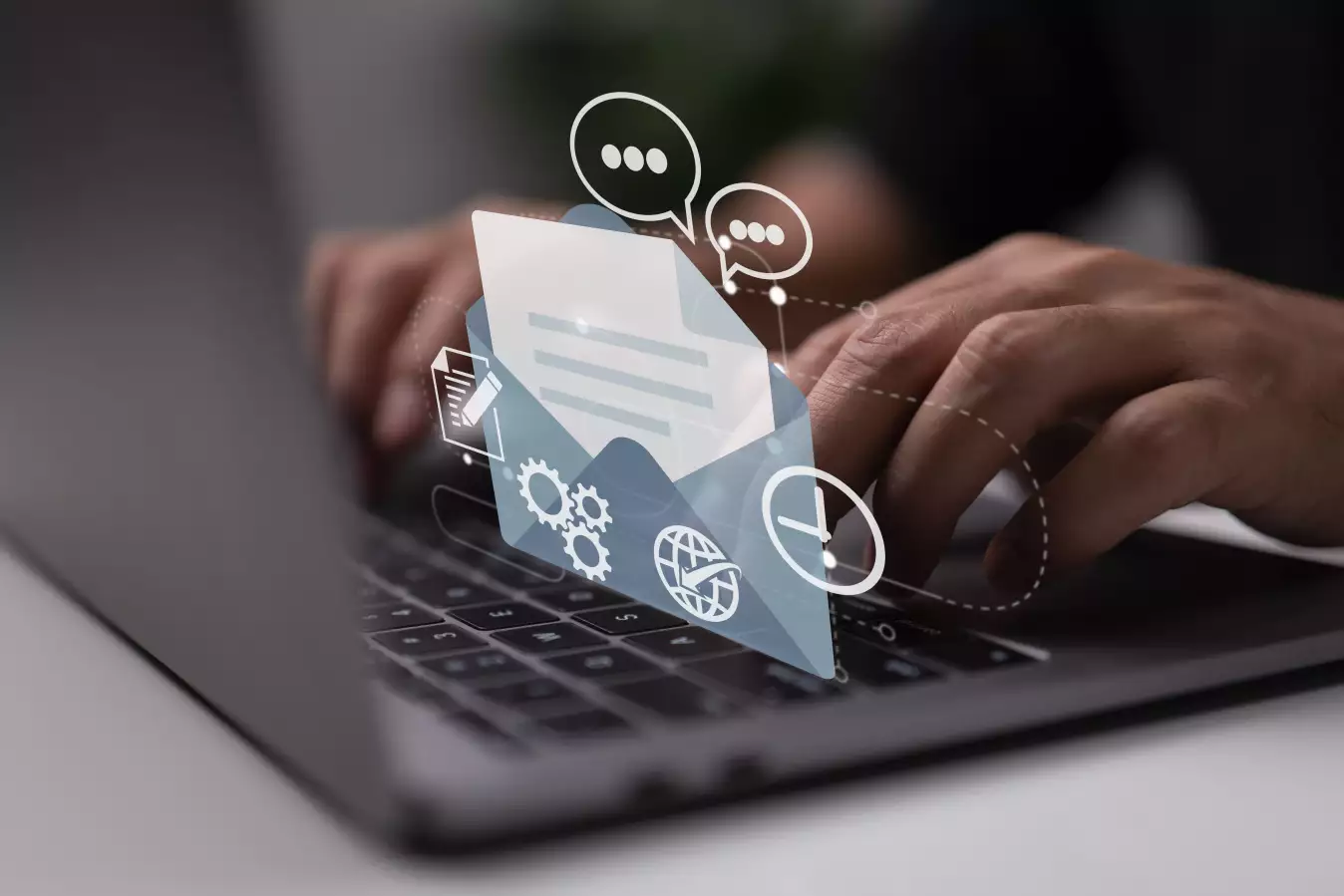Standing out in today's crowded inboxes is crucial, and personalized email marketing can really help you shine. By tapping into user data, you can create email campaigns that resonate. You've got a treasure trove of customer information at your fingertips, but figuring out which types to use is key.
That's where tools like SAAS First come in. They help you gather and understand insights about your customers.
In a previous article, we talked about how data-driven email marketing is transforming experiences in the SaaS world. This personalized approach doesn’t just make your customers happy; it keeps them engaged, reduces churn, and boosts your return on investment.
When you dive into real-time data analytics, you might be thinking that you are just firing off emails. But you’re also creating meaningful conversations with your users. It's a refreshing change from the usual one-size-fits-all marketing tactics, and honestly, that's pretty exciting!
As we move forward, we'll explore how to navigate the data space. We'll pinpoint the types of data that can take your email marketing strategies to the next level. Let’s jump right in!

Remember, not all data is created equal. Here’s a quick rundown of the main types of user data that can really boost your email campaigns:
Now, let’s break down each type a bit more.
With zero-party data, you're tapping into information users want to share. It’s perfect for building genuine connections. Like a great friend who knows your favorite shows, this data fosters trust and deepens customer relationships.
When it comes to first-party data, think of it as the information you gather from chatting with customers. You’re getting insights straight from the horse's mouth, which makes your marketing efforts feel more authentic.
Then there’s second-party data, which lets you peek into another company’s datasets. This can give you a wider lens to see beyond your current customers.
Lastly, we have third-party data. It's collected by outside people and can give you broader market insights. But remember, it often doesn’t have that personal touch that makes your emails truly resonate with your audience.
Understanding these different kinds of data can help you create more personal and effective email marketing strategies. So, let’s keep digging!
Crafting a standout email goes beyond just creating a catchy subject line. You really need to know your audience like the back of your hand. You can break down your audience based on a few different factors, like:
With this info, you won’t be tossing messages into the void. Instead, you’ll hit your target with laser precision.
A FulcrumTech article shares that segmentation customizes your content and improves how your emails land in inboxes. This enhances the user experience andgives your email campaigns a better return on investment. Who doesn’t want that?
When you segment, you turn a generic message into a personal note that truly resonates. It’s less like shouting into a crowd and more like having a chat with a friend. By setting up solid groundwork with analytics, you kick off a cycle of continuous improvement in how you segment.
The real magic happens when you fully embrace audience segmentation. Focus on a user persona-driven strategy, and you’ll connect with just the right people. You’ll turn those casual readers into engaged customers, building meaningful connections with every segment you target.
You probably want your emails to really pop. Personalization is the secret to grabbing attention. When your emails feel like they were made just for each reader, you’ll see a big boost in engagement. It shows you get what your audience needs. Using first-party data and tracking how users interact with your emails can take your content to the next level. Plus, you can tailor your messages based on where folks are in their buying journey.
A/B testing is another awesome trick up your sleeve. It helps you find out what resonates with your audience. You’ll get continuous feedback that helps you fine-tune your campaigns. And you can also use automated emails triggered by customer actions. These handy messages show that you’re paying attention and really care about them.
When you personalize your emails, you build strong relationships with your customers. It makes their experience better, turning casual readers into loyal fans. So, embracing content personalization is key for rocking your email campaigns!
Getting the timing right and being relevant is super important for keeping your customers engaged. The real fun kicks in when your emails respond to what your customers actually do instead of just landing in their inbox on a random schedule. Linda DiBias, the Acting CMO at Vengreso, emphasizes how looking at things like page views and clicks can help you craft messages that fit what users are interested in.
For instance, when you see someone checking out a product on your site, sending them a follow-up email with more info is a great idea. It's kind of like giving them a friendly nudge, saying, “Hey, we noticed you were interested in this! Here are some more details!” This personal touch keeps them engaged and helps build a level of trust.
You can also use predictive emails, where you check out users' past behaviors to guess what they might want next. This thoughtful approach makes people feel like you get them, even before they say a thing.
With all this personalization, your email marketing turns into a real conversation. Behavior-triggered emails help you connect and respond to your audience in a way that feels genuine and meaningful.
So, you’ve just hit 'send' on your email marketing campaign. Great job! But remember, that's really just the starting line. Once those emails are out there, the real hustle kicks in with monitoring and analyzing how they're doing. By keeping tabs on your emails with handy tools from platforms like SAAS First, you can make sure your messages are hitting the right notes with your audience.
With SAAS First, you’ve got features at your fingertips to schedule campaigns, set goals, and track results. These help steer you towards better engagement. You can time your emails just right, measure how things are going, and learn exactly what your audience loves or couldn't care less about.
When you look into the user engagement metrics, you're essentially getting an inside look at how your campaign is performing. This feedback is gold because it points out what could use a little tweaking. Maybe it’s the subject line, the timing of your send, or the content itself that needs a fresh approach. Trust me; your data is full of insights just waiting to be uncovered.
Every little adjustment you make based on these insights can boost your email strategy. You’ll not only see improved performance but also build a stronger bond with your audience. This cycle of keeping an eye on things, analyzing the feedback, and improving makes your marketing feel more like a genuine conversation.
When you dive into email marketing for your SaaS business, getting the hang of user data is key. Think of it like a treasure map that points you toward better engagement, stronger loyalty, and a nice return on your investment. By going for data-driven approaches in your emails, you can turn those cookie-cutter messages into real conversations that resonate.
Using tools like SAAS First can make your life a lot easier on this journey. They help you connect with your customers, spark actions, and foster a community that loves what you do. And let’s be real, the world of data analytics is always evolving. There’s always something fresh to discover, which makes this adventure both thrilling and totally worthwhile.
Next Steps

 Csilla Fehér
Csilla Fehér

 Csilla Fehér
Csilla Fehér

 Csilla Fehér
Csilla Fehér